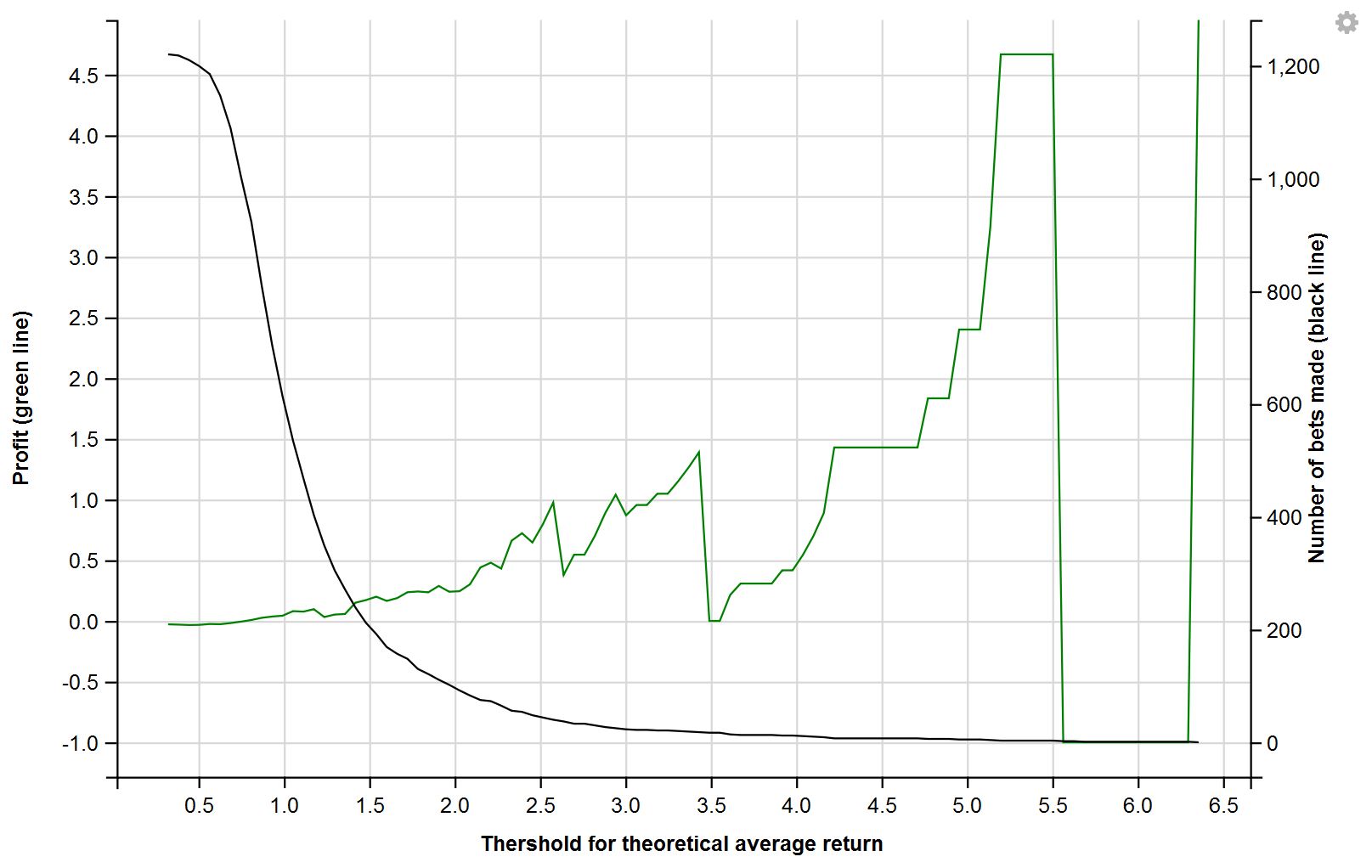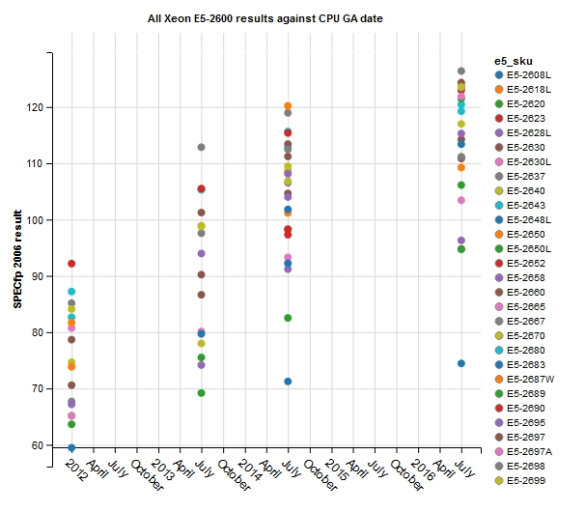For years the IT industry has accepted Intel as the only viable option. At the beginning of Intel’s reign the consensus was: “yeah Intel CPUs are way better than anyone else, let’s buy lots”. But now the feeling is: “oh, another incremental upgrade from Intel. What’s AMD up to? Ah still nothing. Fine buy more Intel…”
Being fair it is mean of me to wail on Intel for AMD’s failure/refusal to compete, Intel have still been innovating just not at the rate we became accustomed to in the competitive years. 2017 looks to be an interesting year, a year we all get more choice.
Beyond Kidz wiv Graphics Cardz
NVIDIA have been pushing really hard for years now to establish themselves beyond gaming. Their GPU hardware offers excellent performance but despite creating a whole CUDA ecosystem to support their products, few made the leap. Incrementally faster horses were fine and we could all get on with our work.
Deep/Machine Learning is beginning to revolutionise IT. It’s stretching out beyond academia into more and more commercial uses. Soon if you do not have an analytics strategy you will not be competitive. This is an excellent area to use GPU accelerators; many machine learning applications involve a larger number of parallel computations proportional to the amount of data. And “big data” applications exploit scale-out designs beautifully.
Intel position their Phi co-processors (and lately Knight’s Landing processors) as a competitor to NVIDIA GPUs, but without significant direction no one really knows what to do with a large number of inferior Xeon cores in one box. Our E5 Xeons are often not at 100% utilisation, there’s little benefit moving to a platform with less memory per core, and less network bandwidth per core.
After years of unchallenged Intel dominance they are emitting the field of dreams aura of “If we build it, they will come”. This works for Xeon E5 chips as no one’s building anything else. But with NVIDIA building and aggressively supporting users move to their platform, accelerator users are flocking to NVIDIA leaving Phi and Knight’s Landing dead on the side of the road.
Are AMD about to ante up?
You’d think that as Intel have been cramming more and more cores into a box then AMD should have been quite competitive, until recently AMD were exceeding Intel in this metric. But their architecture is such that two “cores” share an ALU. This makes it not too dis-similar to Intel’s Hyperthreading where two virtual cores also time-share a physical core. Both get good utilisation out of their ALUs, but in most fair comparison Intel outperforms AMD.
AMD have been viewed as a cheaper “also-ran”. With the major exception of cloud providers, most of the industry has been moving to do more from less hardware. And even many cloud providers are using Intel (often E3s stacked high and sold cheap).
Intel have been coasting. The time is right for AMD to get back in the game. PCIe Gen 4.0 along with a refreshed nano-architecture could offer great potential for high-bandwidth applications. Bandwidth between CPUS and accelerators, memory and the network.
Choice is Good
I’m speculating somewhat on AMD’s next platform and weather it will be any good, but NVIDIA certainly are well placed for 2017. The announcement of their Pascal architecture last year was a game changer for accelerators of which we are still feeling excitement. And IBM’s opening of their historically proprietary POWER platform into the OpenPower foundation opens the gates for more competitive POWER systems to break through.
I see more going on in compute now than there has been for years.

